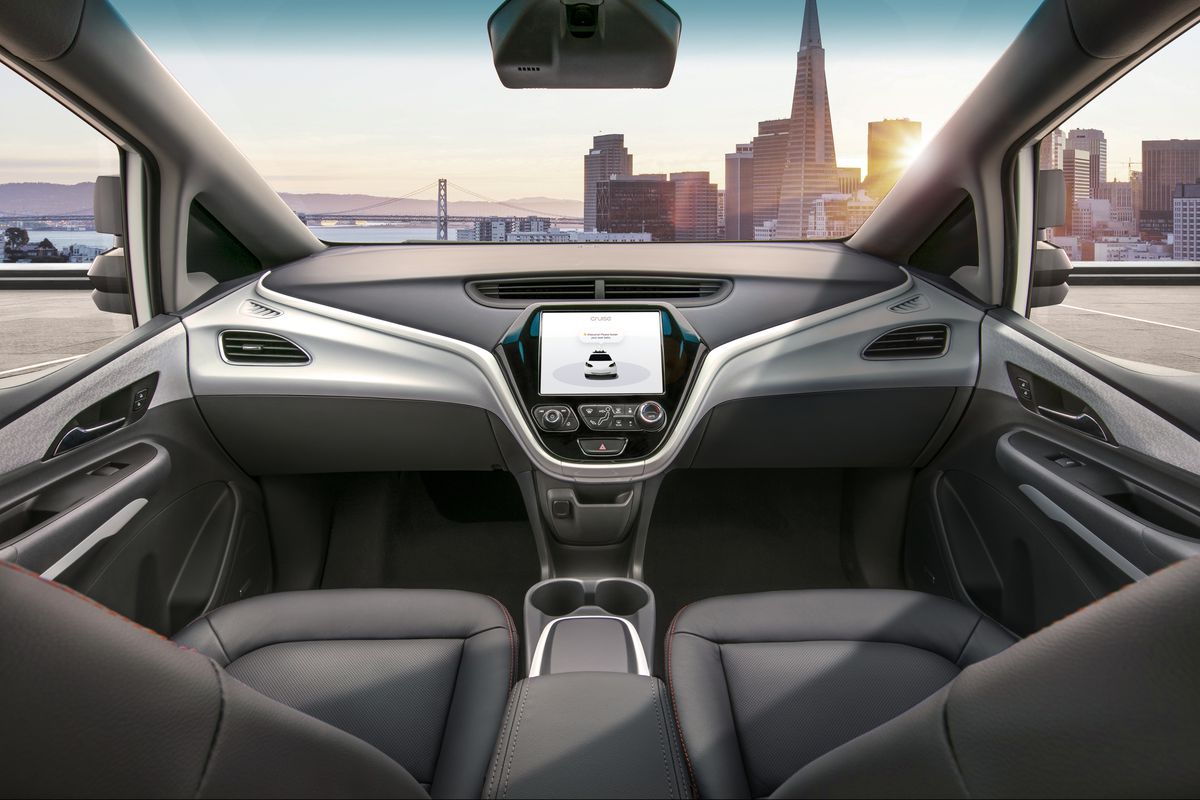NHTSA issued a final rule that removed manual driving controls on autonomous vehicles. Automakers face obstacles when developing automatic driving systems (ADS) without human control due to safety standards written decades ago that assume the person must be in control.
Last month, General Motors Co and its self-driving technology unit Cruise petitioned NHTSA for permission to use self-driving vehicles without human controls such as a steering wheel or brake pedal.
The rules revise regulations that assume vehicles “will always have a driver’s seat, steering wheel and accompanying steering column, or only one passenger seat position attached to the front.”
“For vehicles designed only to be operated by ADS, manually operated driving controls are logically unnecessary,” the agency said.
The new rules, which were first proposed in March 2020, emphasize that automated vehicles must provide the same level of passenger protection as vehicles driven by humans.
“As drivers go from human to machine in ADS-equipped vehicles, the need to maintain human safety remains the same and must be integrated from the start,” said NHTSA Deputy Administrator Steven Cliff.
NHTSA rules say children may not occupy what is traditionally known as a “driver’s” position or seat, given that the driver’s seat position has not been designed to protect children in accidents. However, if a child is in the seat, a car is not immediately required to stop the movement.
NHTSA said current regulations do not prohibit deploying automated vehicles as long as they have manual driving controls, and as they continue to consider changing other safety standards, manufacturers may still need to petition NHTSA for an exemption from selling ADS-equipped vehicles.

